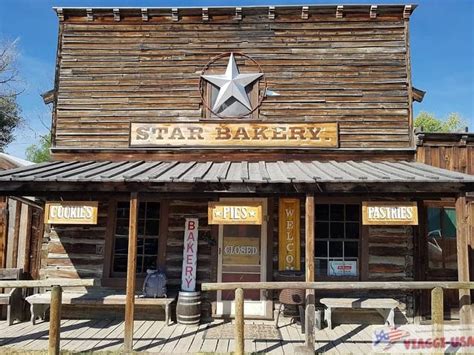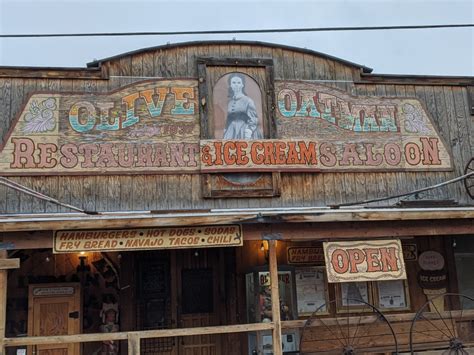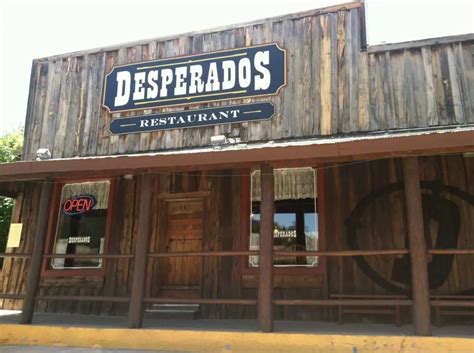Old Town State Historic Park stands as a captivating testament to California’s rich history and cultural heritage. Established in the heart of San Diego, this park preserves the essence of the 19th-century Western frontier, offering visitors a unique glimpse into the past. As you wander through the well-preserved streets, you’ll encounter historic buildings and landmarks that echo the stories of the early settlers. Beyond its historical allure, the park hosts a variety of cultural and educational activities, making it a vibrant hub for learning and exploration. This article delves into the timeless charm of Old Town State Historic Park, uncovering its significance, preservation efforts, and visitor experiences.
Dive deep into this topic alongside ritarblog.com
1. Historical significance and founding of Old Town State Historic Park
Old Town State Historic Park was founded to preserve and celebrate the birthplace of California’s modern history. The park’s significance dates back to the mid-19th century when San Diego was transitioning from a small Mexican pueblo to an American settlement. Established in 1968, the park encompasses a collection of restored and reconstructed buildings that represent the early days of San Diego between 1821 and 1872, a period marked by California’s shift from Mexican to U.S. governance.
The area originally served as the first European settlement on the West Coast, with the arrival of Spanish explorers in the 18th century. Over time, Old Town became the nucleus of the growing San Diego community, housing the first courthouse, schoolhouse, and church in the region. The park was created to ensure that this pivotal period in California’s history would be preserved for future generations.
Today, Old Town State Historic Park serves as an open-air museum, providing a tangible connection to the past. Visitors can explore the cultural crossroads where Native American, Spanish, Mexican, and American influences merged to shape the region’s identity. The park’s founding was a crucial step in preserving San Diego’s historic fabric, allowing present and future visitors to experience the early days of California firsthand.

2. Key historical buildings and landmarks within the park
Old Town State Historic Park is home to several key historical buildings and landmarks that offer a vivid portrayal of San Diego’s early years. Among these is the Casa de Estudillo, one of the oldest surviving examples of Spanish colonial architecture in California, built in 1827. This adobe house, once the residence of a prominent Californio family, now stands as a symbol of the region’s Spanish and Mexican heritage.
Another notable landmark is the Whaley House, constructed in 1857, which served as a family residence, a general store, and even a courthouse. Known for its storied past and ghostly legends, the Whaley House is a popular attraction.
The park also features the original San Diego Courthouse, a reconstruction of the first courthouse built in the area. Nearby, the Cosmopolitan Hotel, originally built in the 1830s as a residence, later became a hotel and stagecoach stop, reflecting the growth and development of the town during that period.

3. Cultural and educational activities available for visitors
Visitors to Old Town State Historic Park can immerse themselves in a wide array of cultural and educational activities that bring the area’s rich history to life. Daily walking tours led by knowledgeable guides offer an in-depth exploration of the park’s historical sites, providing fascinating insights into the lives of the early settlers and the evolution of San Diego.
Interactive exhibits and living history demonstrations are a highlight, with costumed interpreters portraying historical figures and everyday life from the 19th century. Visitors can witness traditional crafts such as blacksmithing, candle making, and cooking, all while learning about the cultural exchanges that shaped the region.
The park also hosts workshops and classes that delve into various aspects of history, including lectures on the Native American influence, Mexican-American heritage, and the transition to American governance. Educational programs tailored for children and school groups make history accessible and engaging for younger audiences.
In addition, Old Town regularly features cultural events, such as traditional music performances, dance exhibitions, and seasonal celebrations that reflect the diverse heritage of the area. These activities offer visitors a hands-on experience, deepening their understanding and appreciation of California’s rich cultural tapestry.

4. Preservation efforts and restoration projects
Preserving the historical integrity of Old Town State Historic Park has been a key focus since its establishment. Extensive restoration projects have been undertaken to maintain the park’s authenticity, ensuring that visitors can experience the area as it once was. Many of the buildings, like the Casa de Estudillo and the Cosmopolitan Hotel, have been carefully restored to their original 19th-century appearance, using period-appropriate materials and techniques.
These efforts are supported by ongoing preservation initiatives that include routine maintenance, historical research, and the conservation of artifacts. The park collaborates with historians, architects, and conservators to ensure that restoration work honors the historical significance of each structure while preserving its cultural value.
In addition to physical restoration, there is a strong emphasis on preserving the intangible heritage of the area. This includes safeguarding traditional practices, stories, and cultural expressions, ensuring that future generations can continue to connect with and learn from the rich history of Old Town State Historic Park.
5. Notable events and festivals held at the park
Old Town State Historic Park is a vibrant cultural hub, hosting a variety of notable events and festivals throughout the year that celebrate its rich history and diverse heritage. One of the most prominent events is the annual Fiesta de Reyes, a lively celebration of Mexican culture that features traditional music, dance, and food. This festival is a nod to the park’s roots in the Mexican era and draws visitors from all over to experience the festive atmosphere.
Another significant event is Stagecoach Days, which takes place during the summer months. This event recreates the pioneer spirit of the 19th century with stagecoach rides, historical reenactments, and demonstrations of frontier skills, offering a glimpse into life during the early days of the American West.
In addition, the park hosts Dia de los Muertos (Day of the Dead) celebrations, where visitors can participate in honoring this important Mexican tradition with altars, face painting, and cultural performances.
Throughout the year, the park also features a variety of seasonal events, including holiday-themed activities in December, which bring the historic setting to life and offer visitors a chance to engage with history in a fun and interactive way.
ritarblog.com

